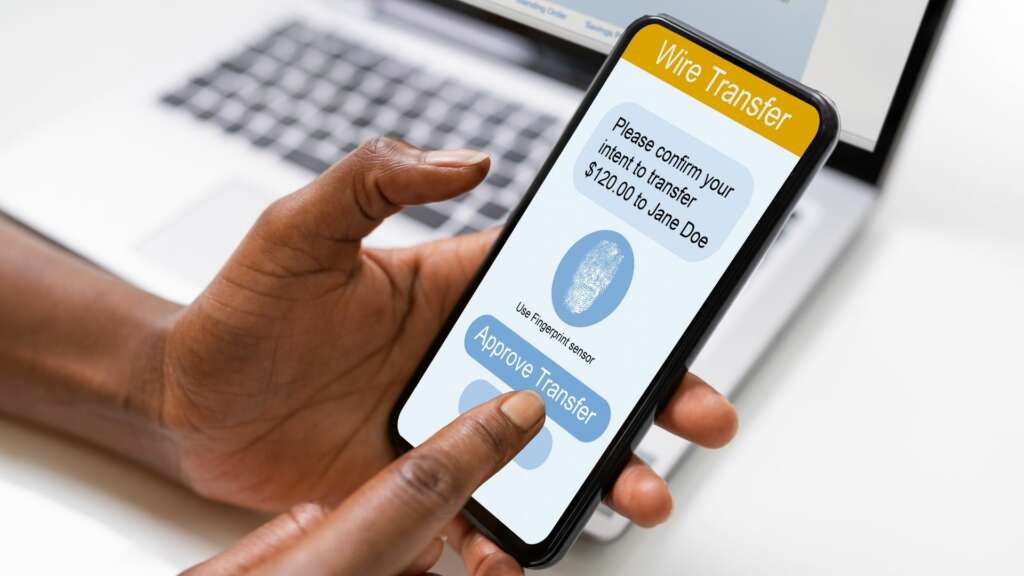
PayPal services have changed the way we pay online. They have even surpassed traditional credit card payment methods like VISA, MasterCard, or Debit Card to become the world’s largest online financial network. PayPal supports quick, no-charge money transfers from you to your recipient. Internationally, but also in the United States, you can face an expensive exchange rate and complex fee structure which can take a large bite out of your transaction.
PayPal transfers money between two people through their secure network. The process for transferring funds is simple, as you will see and fast. After you have selected the amount you want to transfer, choose a destination to send the money, and then confirm the transaction with PayPal. You will be redirected to PayPal’s website, which allows you to do a variety of tasks like enter the recipient’s account details and personal information. Once everything is entered, PayPal verifies everything and the transaction is complete.
If you are not familiar with PayPal or how it works, then it’s definitely best if you look up some information on the web, especially on PayPal’s official website. In this step-by-step guide, I’ll cover three basic points about how to transfer money from PayPal to bank. First, I’ll discuss PayPal’s fees, including those on the US-side and internationally.
PayPal’s fees for international transactions are very different than those for the US and other countries. The fees differ based on the country and currency of the recipient and sender. Because PayPal operates in more than fifty countries, fees vary for transactions that involve multiple countries.
A transfer to a country with a lower currency would cost less than a transfer to a country with a higher currency. Therefore, the more countries you have on the list of countries to transfer from, the more money you need to send from PayPal to bank. A lower exchange rate will result in less than average fees. for transfers from PayPal to bank.
However, if the country’s currency is significantly above the US dollar, the transaction will have very high fees. So, a low exchange rate will increase the transaction costs even more. If you do a search on the internet, you’ll find countries with exchange rates lower than the US dollar. which will allow you to send a large amount of money through PayPal.
There are two ways to reduce international remittances expenses. The first is to set up a business account for the recipient which means you will charge the recipient a small fee instead of PayPal. The second is to use a transfer service that will send money from you to the recipient’s bank account for you.
Some remittance companies charge a one-time fee for sending money internationally. Others charge a monthly fee. Many of them offer both options.
When you use a service to make a transfer, you should pay only a small fee. In some cases, the fees can be as low as $20. However, for international transfers, it is not uncommon to pay a few hundred dollars for an average transaction. Therefore, the cost will depend on the size of the transfer and the number of countries involved.
The best way to minimize the expense is to use a payment service for all of your transfers. This method is the most economical when it comes to sending money abroad. The payment service usually charges only a flat fee per transaction. For international remittances, this is a great deal cheaper than using a PayPal Business account.
By using a payment service, you have one company to pay the other, thus saving time and avoiding the expense of having to handle the payment yourself. PayPal’s payment service charges you a fee only when you make a sale or a successful transaction.
You won’t have to worry about remembering to update your payment information each time you make a payment. As long as the payment service is reliable and updated, you will always know how much you owe, and which payment service is charged for each transaction. If you can afford it, you should also use a payment service that offers a money back guarantee.


